Articles
Abstract Expressionism
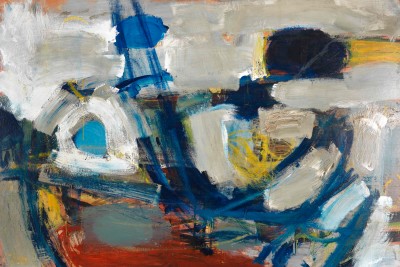
RA Recommends
7 years ago
“Like a bomb going off”: how Albert Irvin found abstraction
In the 1950s when British painter Albert Irvin RA caught a glimpse of the explosive New York Abstract Expressionism scene, he abandoned his still-lifes and began conjuring pure sensation and emotion on his canvases. A new show at Whitford Fine Art looks at these early forays into abstract work.

RA Exhibitions
7 years ago
Jasper Johns: 10 works to know
Over the past six decades, Jasper Johns’s paintings, sculptures, drawings and prints have left an indelible mark on art. With the RA showing a major survey of his practice to date, here’s a closer look at ten of his key works.
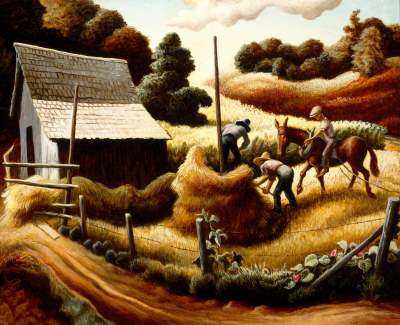
RA Exhibitions
8 years ago
“I taught Jack that” – Thomas Hart Benton and his student, Jackson Pollock
Ahead of our America After the Fall exhibition, Debra N. Mancoff spotlights Hart Benton’s paintings of idealised rural life during the Great Depression – and his mentorship of an emerging young artist, Jackson Pollock.
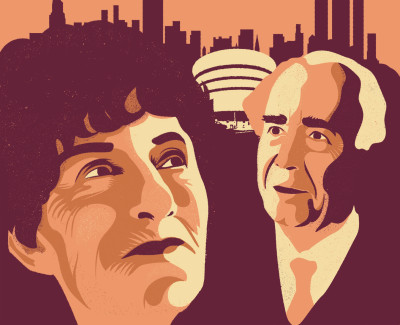
RA Exhibitions
8 years ago
“We didn’t think it was a movement” – meet the 1940s critics of Abstract Expressionism
Seeking advice as she co-curated our Abstract Expressionism exhibition, Edith Devaney went to New York to meet Dore Ashton and Irving Sandler – two commentators who championed the likes of Mark Rothko and Willem de Kooning, and entertained them in their kitchens.

RA Exhibitions
8 years ago
“Abstract Expressionism still makes me breathe deep”
How do painters from different generations see Abstract Expressionism today? Two RA Schools alumni, Basil Beattie RA and Aimée Parrott, met in the Academy’s show to discuss the movement’s enduring influence.

RA Exhibitions
8 years ago
Video: Abstract Expressionists in 60 seconds
Got a minute? In these short videos, the RA’s Artistic Director introduces five of the key figures of Abstract Expressionism.
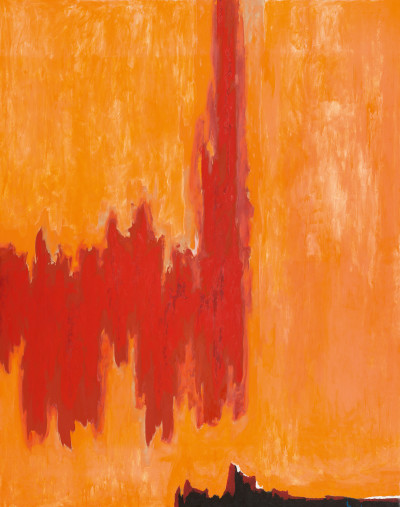
RA Exhibitions
8 years ago
Six Academicians on the Abstract Expressionists
The power and complexity of Abstract Expressionist art lies in the diverse sensibilities of its artists. Here six Royal Academicians respond to some of the movement’s greatest painters.

RA Exhibitions
8 years ago
Quiz: which Abstract Expressionist are you?
Are you a sensible socialite or a bar brawler? Are you ruled by ideals or impulses? Take the quiz to find your kindred Abstract Expressionist spirit, as its biggest characters take over our galleries.

Opinion
> 8 years ago
The art of contemplation: mindfulness in galleries
Mindfulness techniques can aid an authentic encounter with an artwork, especially those of the Abstract Expressionists, suggests Gill Crabbe.
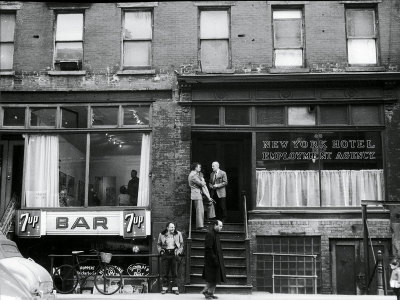
RA Exhibitions
> 8 years ago
New York nights: the Manhattan of the Abstract Expressionists
New York’s legendary Cedar Tavern and the surrounding galleries became the hub of the New York art scene in the 1940s and ‘50s. Morgan Falconer walks the streets where reputations were on the line.
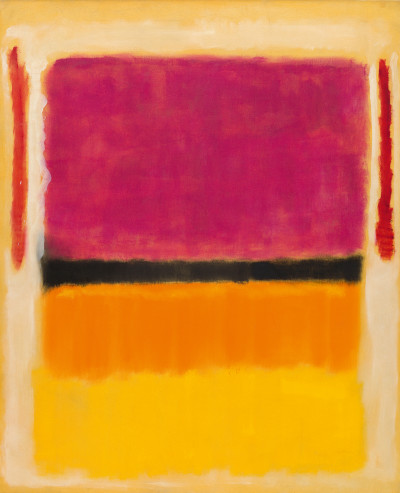
RA Exhibitions
> 8 years ago
How Abstract Expressionism changed modern art
What did the artists associated with Abstract Expressionism do so differently? And how is their work still relevant today? As the first survey of Abstract Expressionism for nearly 60 years is staged in Britain, co-curator David Anfam answers key questions.
RA Exhibitions
> 8 years ago
Ten 1950s artist hangouts to visit in New York
The fabled Cedar Tavern might be long gone, but there are still plenty of Greenwich Village spots where you can grab a coffee, or something stronger, in the New York of Jackson Pollock, Mark Rothko and friends.

RA Exhibitions
9 years ago
Abstract Expressionism: a beginner’s guide
Autumn 2016 sees a landmark exhibition of Abstract Expressionism taking place in the main galleries at the Royal Academy.
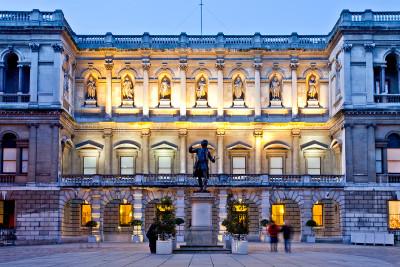
RA Exhibitions
9 years ago
From Monet to Hockney: 2016 at the Royal Academy
The Royal Academy’s Artistic Director explains what’s in store in for the next year as we launch our 2016 exhibition programme.